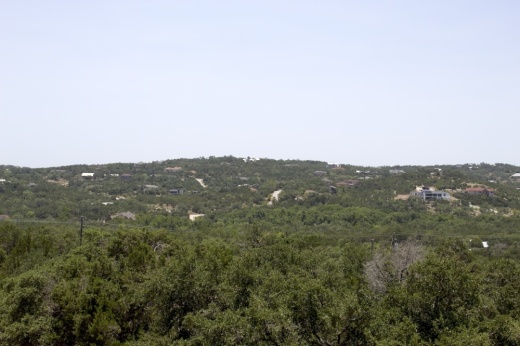The plan is a vision that was built by the ideas of over 2,800 residents of the Hill Country surveyed by THCCN, a coalition with the goal to conserve and protect the region.
What is natural infrastructure?
Natural features, such as rivers and hills, provide specific resources, services and protections to the Hill Country. Natural infrastructure addresses how these resources can be used and protected to help the economy and different communities living in the region, according to the THCCN.
The Hill Country consists of key natural features including:
- Woodlands
- Grasslands
- Farms and ranches
- Wetlands
- Waterways
- Urban forests
- Rain gardens
- Provide clean water through protections
- Preserve dark skies through policies
- Provide outdoor recreational activities
- Generate tourism
- Attract new businesses
- Reduce the risk of wildfires, flooding, extreme water and water and air pollution
- Keep farms and ranches viable
In a survey of Hill Country residents, 85% would support public funding for conservation, said the THCCN. The plan would be implemented through funding such as bond measures, utility fees and sales tax.
The plan's objectives include:
- Implementing permanent protections of land and water
- Advocate for policies that support natural infrastructure, such as night sky ordinances
- Support conservation on working lands through outreach and assistance
- Increase funding for natural infrastructure
- Provide equitable access to natural infrastructure benefits including public health
The Hill Country consists of 18 counties from Austin to San Antonio and west to Uvalde and Junction, and includes three of the top 10 fastest growing counties in the nation, according to THCCN.
There are 12 designated dark sky places and 14 friends of the night sky groups, which are groups dedicated to reducing light pollution in their communities. Bee Cave and Dripping Springs are examples of Dark Sky communities.
The Hill Country includes:
- 3.9 million residents
- 32 million annual visitors
- 191 gallons of water consumer on average per capita per day
- 1,142 pristine streams
- 15 state parks and natural areas
“Investing in natural infrastructure is really a low-cost way to protect our region’s drinking water, to mitigate flooding, to increase quality of life and increase access to the outdoors,” said Katherine Romans, Hill Country Alliance executive director.
For more information on the plan, visit www.ourtxhillcountry.org/natural-infrastructure-plan.





